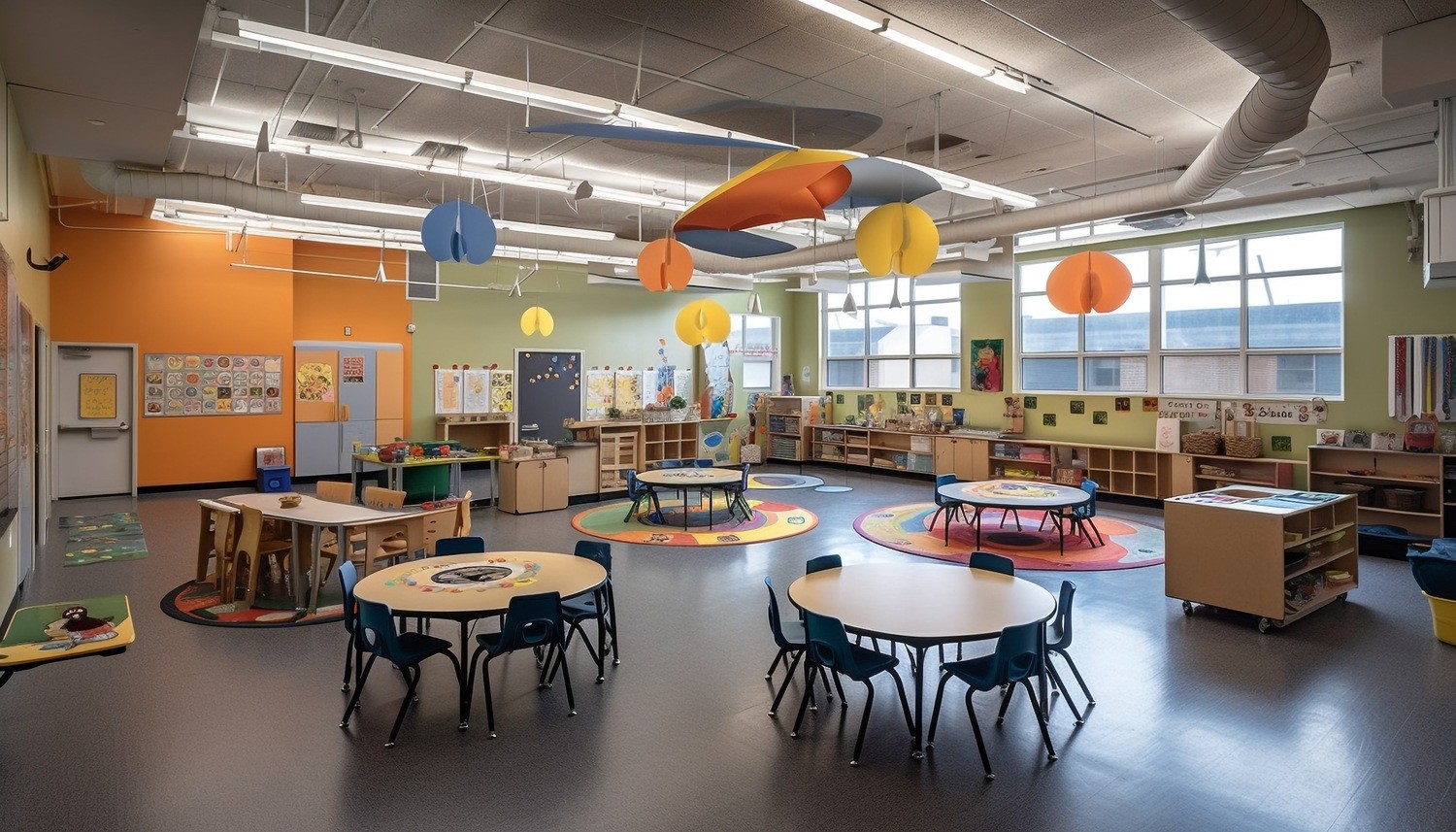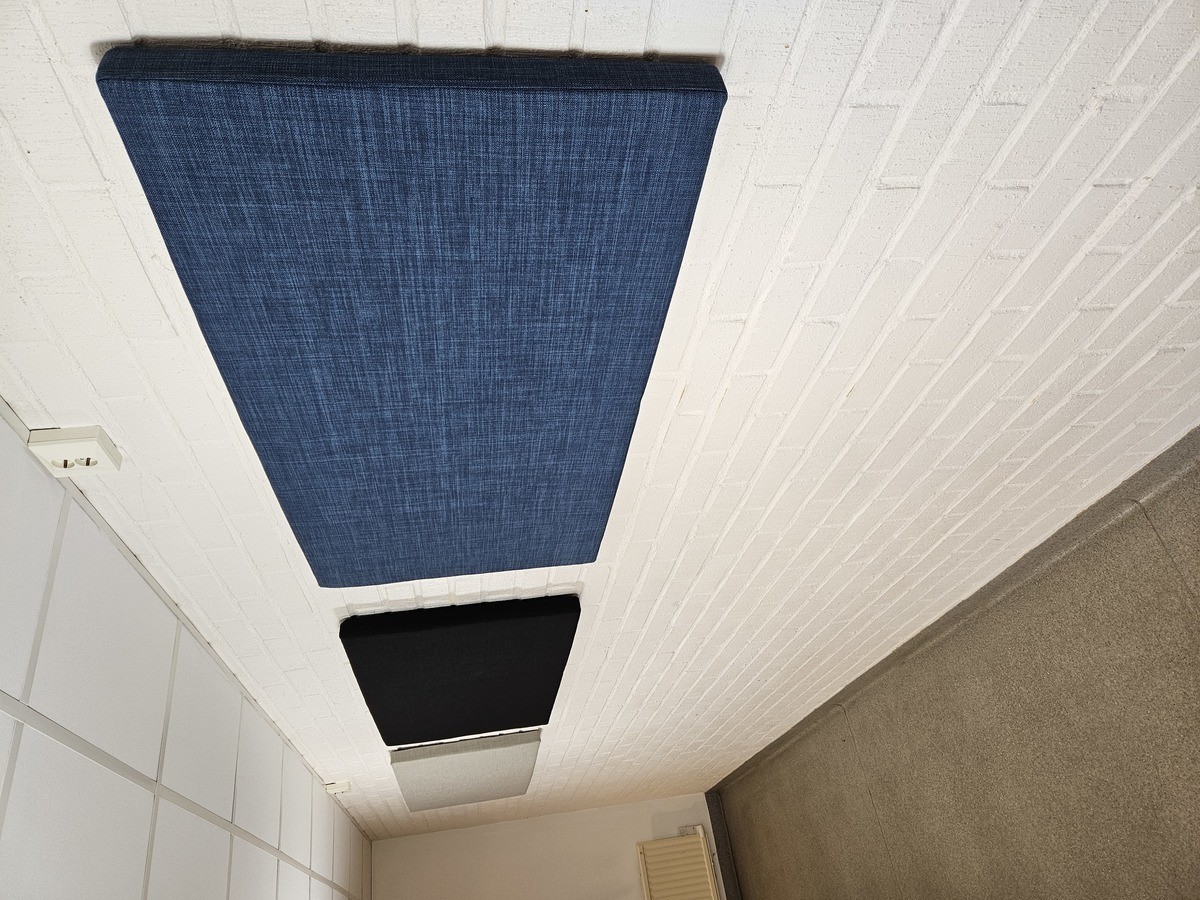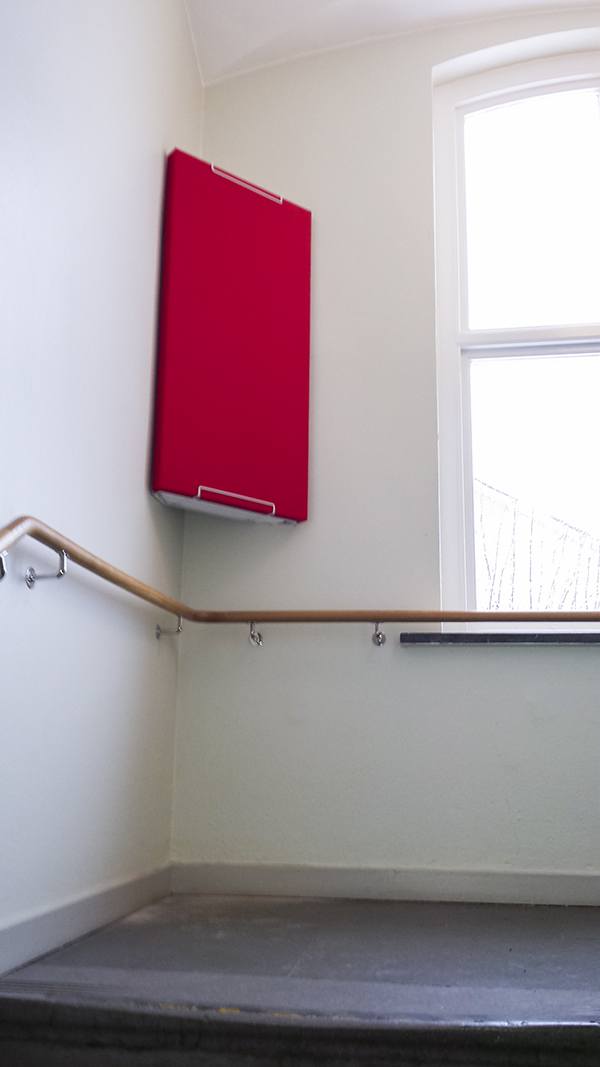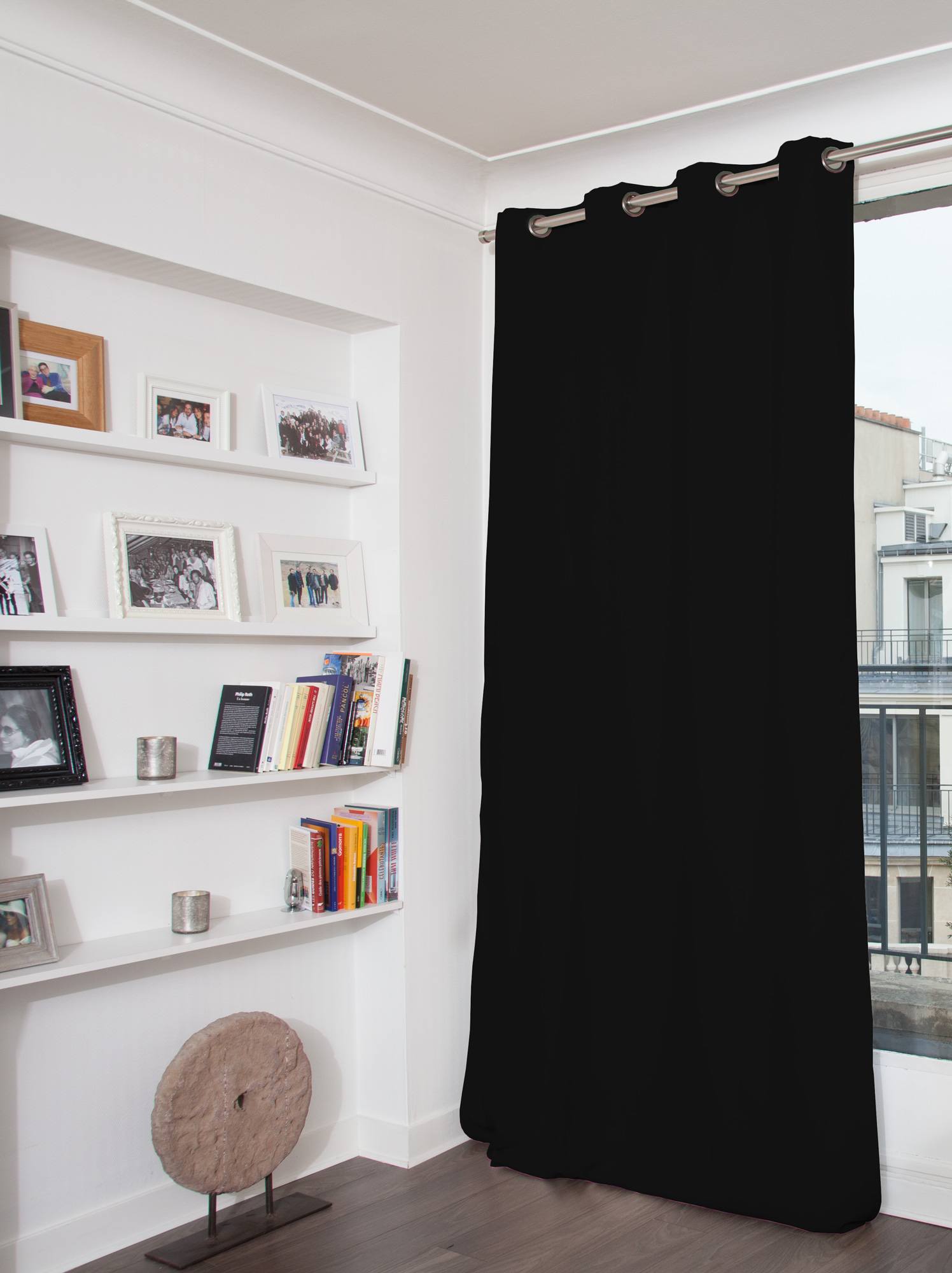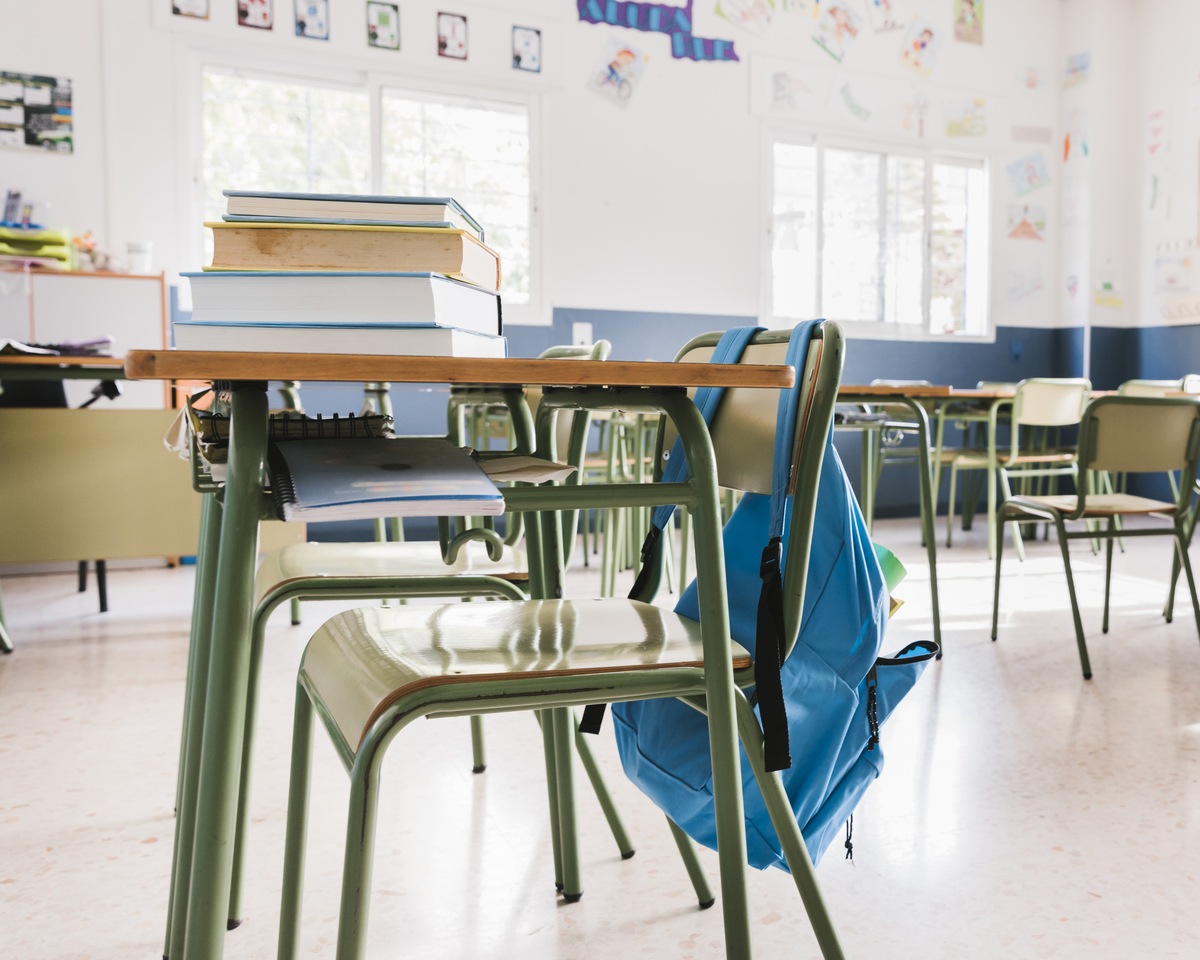How do you soundproof a classroom?
Soundproofing a classroom is crucial to creating an environment where both students and teachers can communicate clearly and concentrate without distracting background noise. Poor acoustics can lead to long reverberation times, noisy classrooms, and a stressful working environment for both students and teachers. By implementing the right sound-absorbing solutions, the noise level can be controlled, which improves the study environment and reduces the risk of fatigue and concentration difficulties.
Why is good acoustics important in the classroom?
In a classroom with poor acoustics, sound bounces off hard surfaces such as walls, ceilings, floors, and windows. This creates a high reverberation time, which means that sound lingers in the room and makes it difficult to hear what is being said. The result is a noisy and unclear sound environment where students find it more difficult to understand the teacher's instructions and where distracting background noise can make it difficult to concentrate. A well-planned sound environment contributes to better speech perception, increased study peace and reduced stress. Teachers do not have to raise their voices to be heard above background noise, and students can focus more easily on the lesson. To create an optimal sound environment, several sound-absorbing measures need to be combined and adapted to the size and needs of the room.
The benefits of a well-planned sound environment in schools
Investing in a better sound environment has many benefits for both students and teachers.
Better concentration and learning
A quieter environment reduces distractions and improves students' ability to absorb information.
Reduced stress and fatigue
Teachers do not have to strain their voices to be heard, and students become less tired from background noise.
Increased well-being and a better learning environment
An acoustically optimized classroom creates a calm and pleasant atmosphere where everyone can work effectively.
Reduced risk of hearing damage
High noise levels in schools can lead to hearing problems over time. Reducing noise levels protects both students and staff.
A quieter classroom for a better learning environment
Soundproofing a classroom is a necessary measure to create an effective learning environment. By using sound-absorbing wall panels, ceiling tiles, acoustic flooring, sound-absorbing curtains, and strategically placed furniture, the noise level can be lowered and reverberation reduced. The result is a more pleasant and focused study environment where both students and teachers can work without distracting noise. Investing in the right sound solutions not only improves learning but also creates a more harmonious school day, where the sound environment contributes to a better working day for everyone in the classroom.







